Search Images
Browse Content (p. 1108)
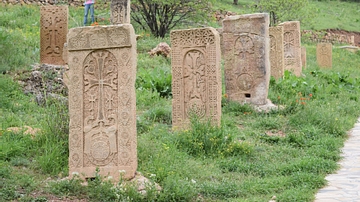
Image
Khachkars at Noravank Monastery
These medieval khachkars can be found at the Noravank Monastery, which is located in present-day Armenia.
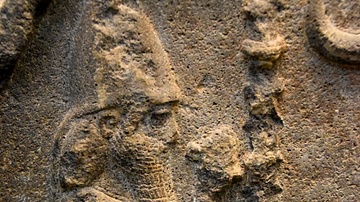
Image
The Babylonian King Nabonidus
This is a detail of a Babylonian basalt stele. Here the figure of the king, Nabonidus was carved in relief on the obverse side of the stele. The king stands and wears a conical headdress as well as a long fringed garment. The right hand is...
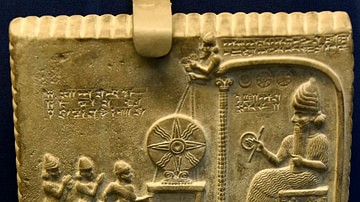
Image
The Sun God Tablet or the Tablet of Shamash from Sippar
The Sun God tablet from the Temple of Shamash at Sippar, Southern Mesopotamia modern-day Iraq, Middle Babylonian Period, 860-850 BCE. The upper part of the tablet has a carved panel. Nabu-nadin-shum (a priest) and the goddess Aa lead Nabu-apla-iddina...
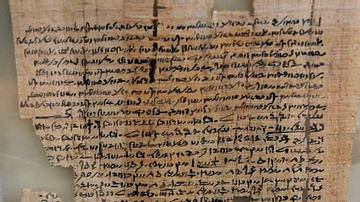
Image
Demotic Embalmer's Agreement
This document contains an agreement between one group of lector-priests of the necropolis of To-ankh at Asyut, and another group, defining which persons were to be employed in the ceremonies of mummification, and what materials were to be...

Image
Demotic Ostracon Recording Payment of Necropolis Tax
This is a receipt for the "Tax of the Overseer of the Necropolis". Ancient Egyptian cemeteries possessed their own administration, the cost of which were defrayed by the payment of specific taxes. Most of the evidence for these were preserved...
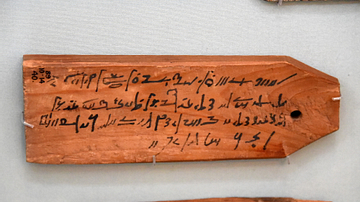
Image
Mummy Label from Roman Egypt
This is a pinewood mummy label of Tasherithorsiese. She was the daughter of Pa-Akhem-Hor and Tasheritpashy. There are four lines of a demotic script; the other side (not shown) contains 3 lines of Greek inscription. Roman Period, 2nd century...
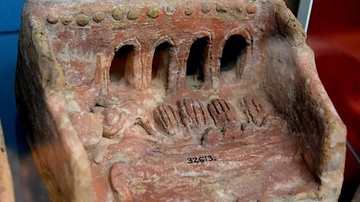
Image
Egyptian Model of a Soul House
This is a model of a "soul house". The building has four arched doorways. Redware. Middle Kingdom, 12th Dynasty, 1985-1795 BCE. From Egypt, precise provenance of excavation is unknown. (The British Museum, London).
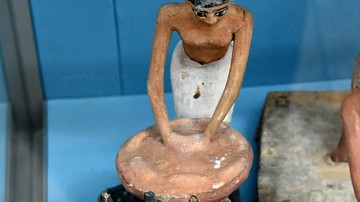
Image
Egyptian Model of Servant Brewing Beer
This painted wooden model depicts a woman straining mash. There are eleven jars of beer in front of her. Old Kingdom, 6th Dynasty, 2345-2181 BCE. From tomb 45 at Asyut, modern-day Egypt. (The British Museum, London).
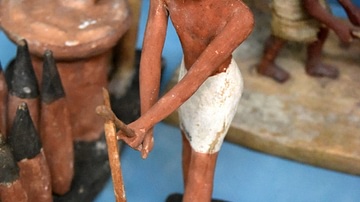
Image
Egyptian Statuette of a Peasant Using a Hoe
This painted wooden statuette depicts a man wearing a kilt and holding what appears to be a hoe or a mattock. Old Kingdom, 6th Dynasty, 2345-2181 BCE. From tomb 45 at Asyut, modern-day Egypt. (The British Museum, London).
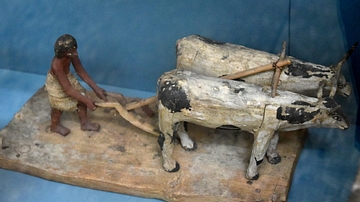
Image
Egyptian Model of Peasants Ploughing
Model of peasants ploughing from Egypt. 11th or 12th Dynasty, c. 2025-1850 BCE.
The British Museum, London.